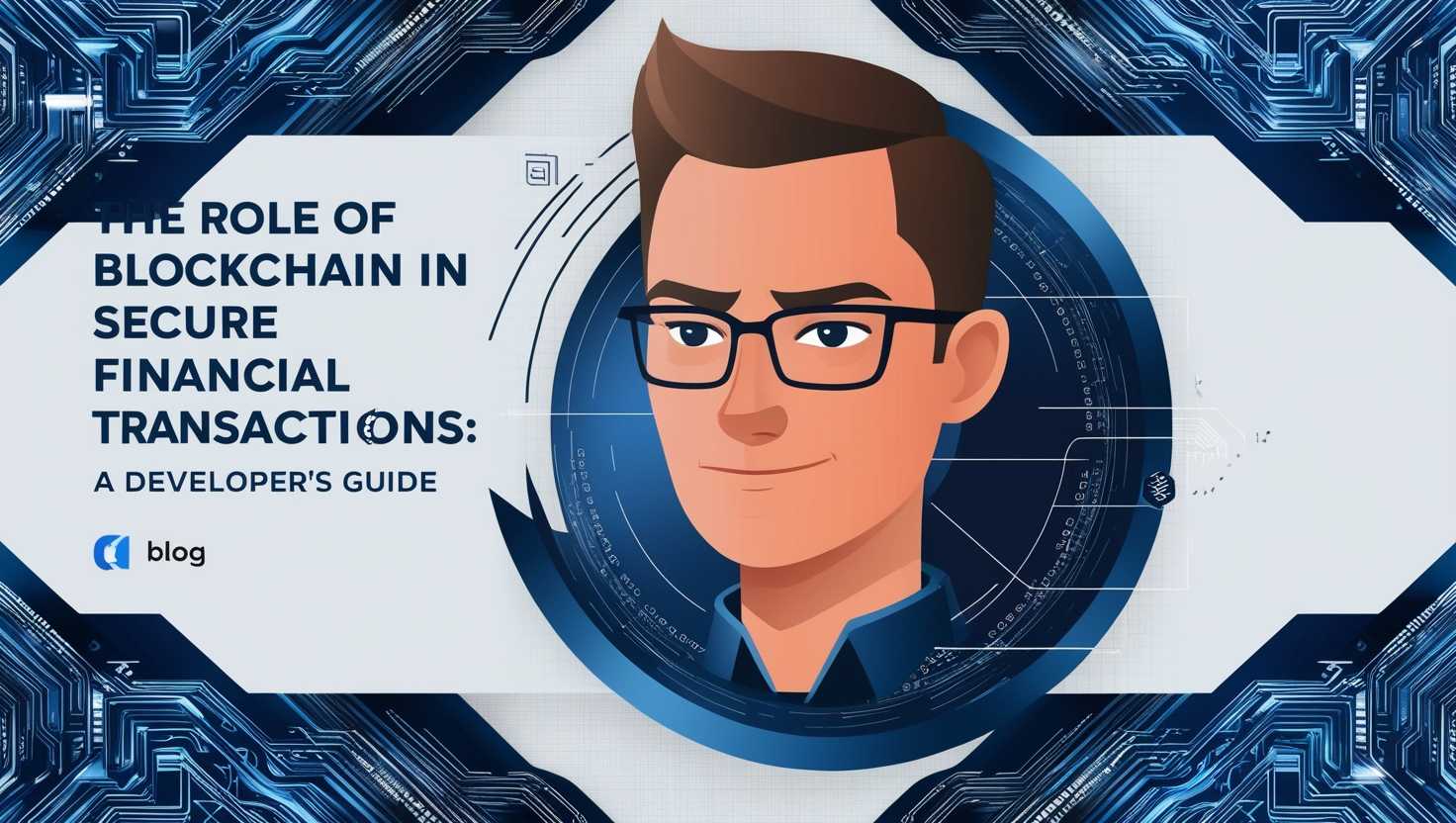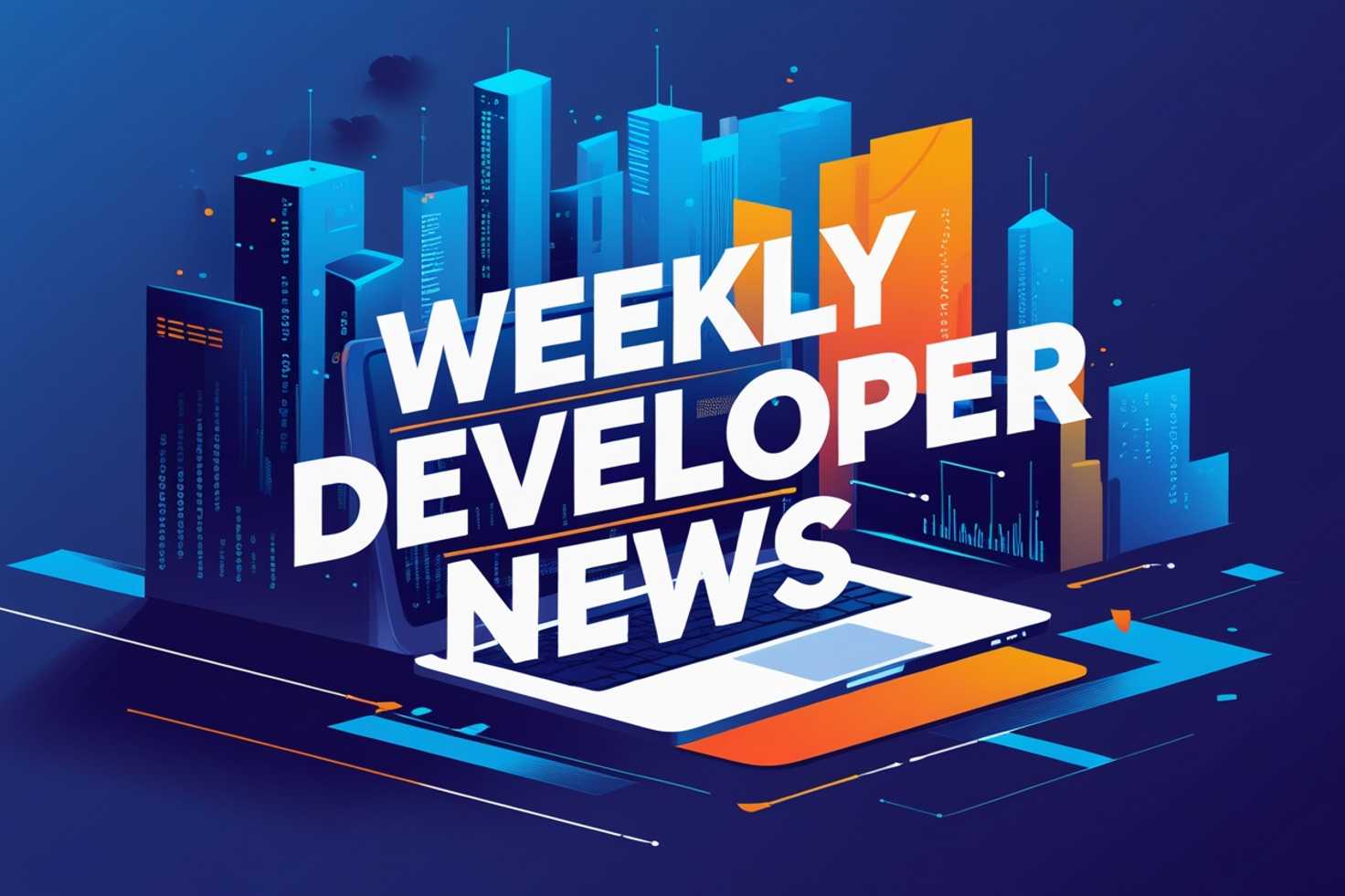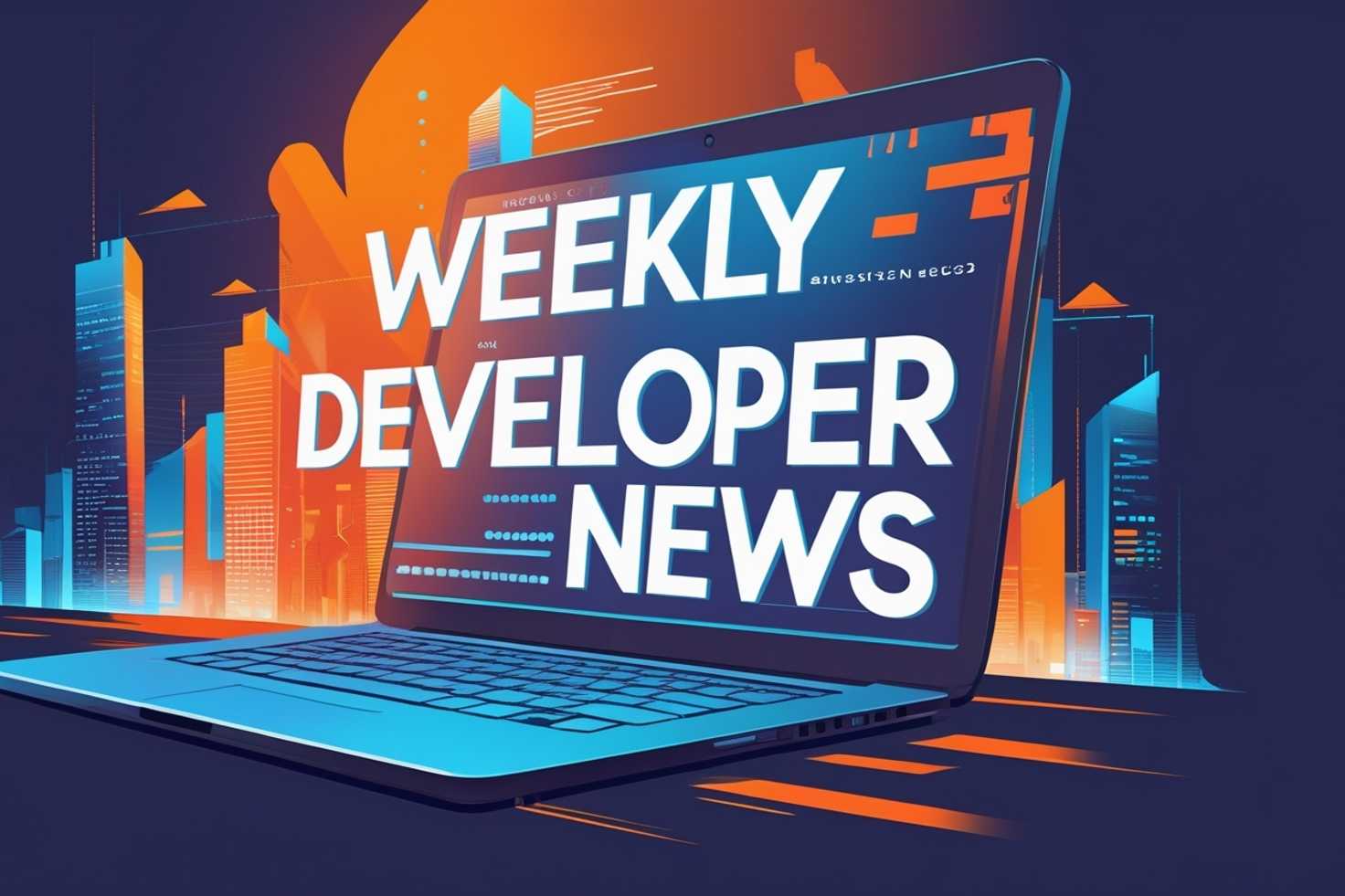
February 04, 2025
The idea of blockchain has been around for some time, but one of the most essential implementations was with Bitcoin in 2009. Since then, we’ve had numerous projects that have shown the advantages of blockchain and decentralized finance.
If you’re a software developer in finance or a decision-maker in a financial institution, you should explore blockchain technology’s opportunities. Nowadays, spending on blockchain projects is measured in billions of dollars, showing how important this technology is.
This article explores blockchain’s role in transactions, its benefits, and what developers should consider. The financial services industry also has a lot of regulations and laws, and it’s essential to have insights into them as well.
Debug Your Knowledge! Get the latest developer trends and insights-straight to your inbox, every two weeks.
What is blockchain, and why is it important
Blockchain is a decentralized ledger technology that records transactions. Blockchain records transactions between users across multiple nodes. What’s crucial about these transactions is that they are transparent and immutable.
While each user or wallet is anonymous, anyone can observe what transactions they’ve made in the past. Blockchain’s immutability and transparency make it extremely valuable for financial transactions.
Blockchain users can complete payments and money transfers within seconds. Furthermore, the fees associated with these transactions are often much lower than banking fees. One of the key ideas of blockchain is to remove any third parties from being involved in transactions.
Of course, it’s also important to mention blockchain’s security. Since the blockchain network is decentralized, there isn’t a single point of failure, which significantly reduces the risk of cyber attacks.
How did blockchain change finance?
Before blockchain, there weren’t many options for peer-to-peer transactions that weren’t done through banking institutions. Many individuals prefer blockchain because of its speed, anonymity, and transparency.
However, transactions between individuals aren’t the only use for blockchain. This industry has been quite innovative, and many companies offer traditional financial activities, such as mortgage loans.
For example, one of the key concepts of blockchain, smart contracts, allows institutions to automate mortgage agreements, reducing paperwork and ensuring transparency. Some platforms and exchanges will enable you to stake your cryptocurrencies.
Staking works similarly to compound interest in banks. You “lock in” a certain amount of cryptocurrencies, which will grow over time. Businesses can also use cryptocurrency transactions as a legitimate form of payment.
Many platforms allow you, for example, to pay e-commerce sales tax using cryptocurrencies. However, you must gather documentation and have an accountant handle everything about your income, similarly to traditional finance.
Benefits of blockchain in finance
There are numerous benefits of blockchain in finance. The list here should help you understand what blockchain could bring to your product or service.
Fast transactions
Blockchain ensures faster transactions compared to traditional banking and e-wallets. For example, if I want to withdraw money from PayPal to my bank account, I’ll have to wait at least a day.
Furthermore, the fees can be significant, depending on the sum you’re withdrawing. With cryptocurrencies, transactions are often instant. However, the costs depend on the network’s traffic.
When there are too many transactions simultaneously, the fees can go up, yet they are often smaller than bank fees. Furthermore, some projects, such as Lightning Network, minimize the costs of transactions if you’re conducting many of them simultaneously.
Transparency
No matter how small, every transaction on the blockchain can be traced. Furthermore, all transactions are recorded and immutable. This has its ups and downs, as refunding your crypto if you’ve been scammed is almost impossible.
However, blockchain’s transparency allows financial institutions to have some regulatory oversight. They’ll be able to trace wrongdoers and ensure accountability.
Transparency is essential to public blockchains, as it ensures a balance between anonymity and safety.
Anonymity
Depending on the nature of your financial institution, blockchain anonymity can be a pro or a con. The idea that nobody can track your transactions is excellent if you’re skeptical about traditional financial institutions.
However, blockchain’s anonymity is also attractive to many criminals and wrongdoers. To properly ensure the implementation of blockchain technology, you should be compliant with local laws and regulations.
One way to ensure this is through know-your-customer verifications and background checks on your users. While this process isn’t as thorough for crypto projects as it is for central banks, it ensures transparency and compliance.
Innovation
The blockchain industry is relatively fresh, depending on who you ask. This brings a lot of new individuals to it. Compared to traditional financial institutions, blockchain allows a lot more innovation and initiative.
For example, blockchain fosters innovation through decentralized finance (DeFi), tokenized assets, and smart contracts. In only a few years, we’ve seen the growth of blockchain projects from a few to a few thousand.
A great example of innovation in blockchain is the Lightning Network, previously mentioned. After observing the problems regarding high fees, we’ve seen a straightforward solution.
We’ve also seen the combination of blockchain and credit cards. For example, the best business credit cards have an EIN only, enabling businesses to access credit and manage expenses securely without relying on personal credit scores.
With the rise of artificial intelligence, the potential applications of blockchain will expand.
How to set up an environment for blockchain development
The journey of implementing blockchain in a financial project starts with the intent. What problem are you trying to solve, and how will blockchain help?
Once you get that straightened out, picking the right blockchain platform is important. There are a few options, such as:
- Hyperledger Fabric: Best for enterprise solutions requiring private blockchains.
- Ethereum: Ideal for smart contracts and decentralized apps (dApps).
- Solana: Known for scalability and speed.
Each platform and blockchain works best for a specific project. Whether you’re creating a digital asset, NFT, or something else, you’ll find that one blockchain is working better than the other. The same can be said for programming languages and the type of application you’re developing.
Once you find the best platform, explore the available development tools. For example, Truffle is best for dApp development and testing, while Ganache is used to create a local Ethereum blockchain.
Truffle supports JavaScript and Solidity and simplifies contract compilation, linking, deployment, and testing. On the other hand, Ganache is used by developers to deploy and test smart contracts without incurring transaction fees or relying on external networks.
Metamask is also a powerful tool for blockchain developers. At its core, Metamask is a software wallet. However, it supports both testnets and mainnets, providing an interface for executing transactions and managing keys.
Depending on their chosen blockchain, developers can use Solidity and Golang to code and test smart contracts. Of course, there are a lot more blockchain options available. If you’re starting your career, exploring the programming languages used for different blockchains is essential.
The last step in developing blockchain applications is implementing security layers. This includes encryption, audits, and intrusion detection systems. Financial institutions that weren’t originally using blockchain should also implement other security measures, such as firewalls.
Blockchain has revolutionized finance
The adoption of blockchain has brought many changes to the finance world. Even more interesting is that even non-finance companies leverage blockchain to improve their products.
In the long run, blockchain’s role will likely become more critical than ever. This leaves much room for software developers to find motivating and engaging roles.
Of course, the role of a blockchain developer is challenging and requires an understanding of multiple skills. However, this shouldn’t be demotivating, as some of the highest-paying programming languages are used for blockchain development.
About the author: Guillaume Deschamps
Guillaume is a digital marketer focused on handling the outreach strategy at uSERP and content management at Wordable. Outside of work, he enjoys his expat life in sunny Mexico, reading books, wandering around and catching the latest shows on TV.
Recent Posts

August 27, 2025
How to Find the Right Learning Path When You’re Switching to a Tech Career
See post

August 22, 2025
Developer News This Week: AI Speed Trap, GitHub Copilot Agents, iOS 26 Beta Updates & More (Aug 22, 2025)
See post

August 08, 2025
Developer News This Week: GitHub GPT-5, VS Code 1.103 & Chrome 139 (Aug 8, 2025)
See post